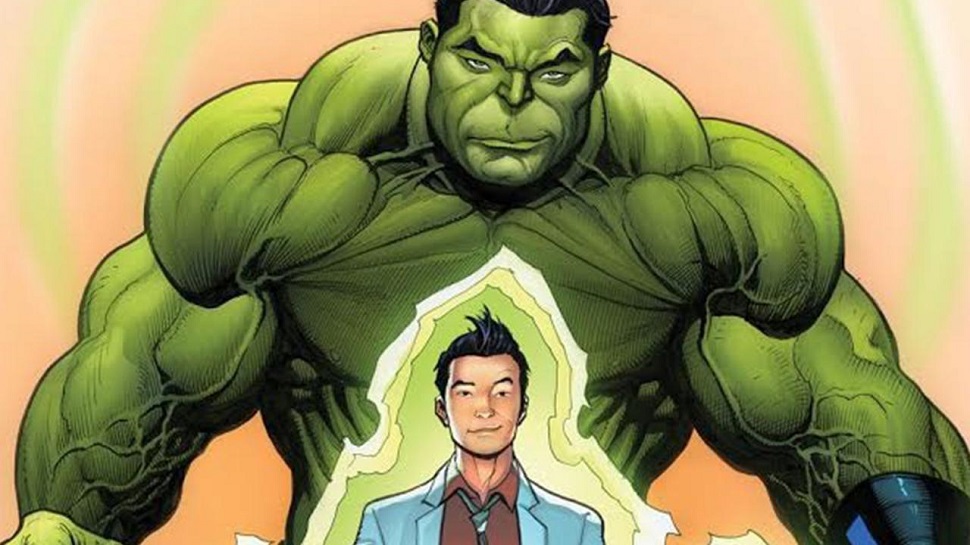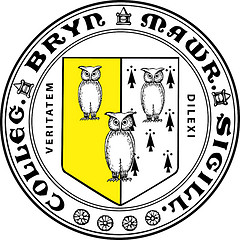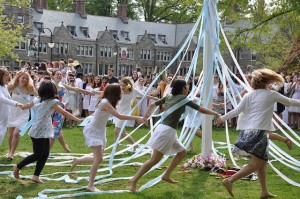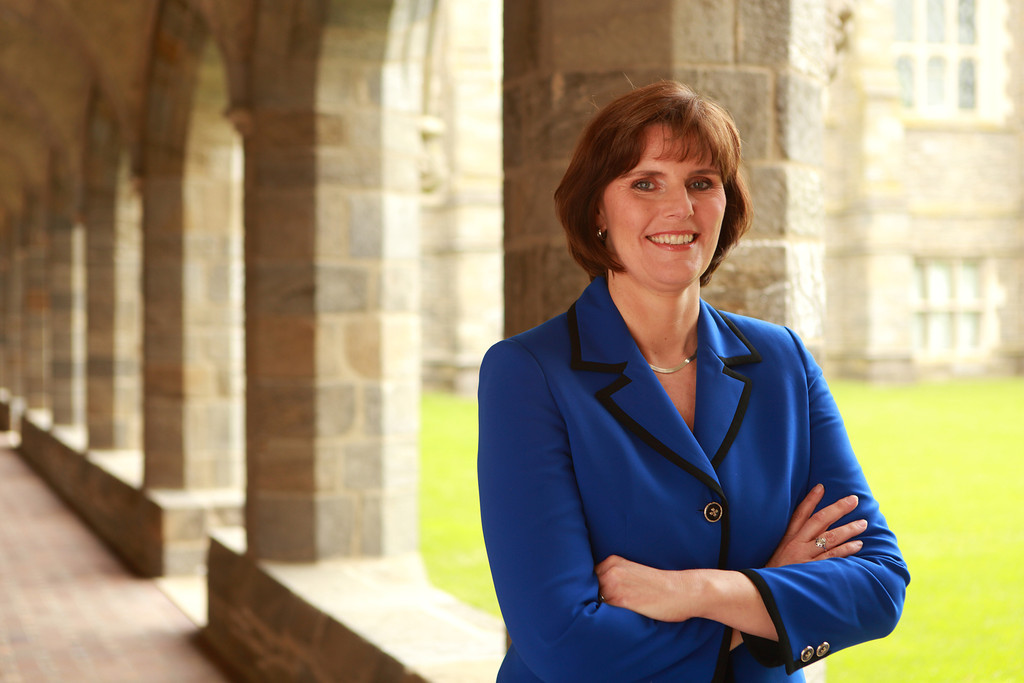The couple behind Vedge create a new culinary world – with vegetables
By Sasha Rogelberg
Instead of the carved and notoriously dry turkey, mashed potatoes, stuffing, and soggy green beans that don the tables of many American Thanksgiving tables, chef Rich Landau serves heaps of colorful vegetables—nine-to-12 different dishes-worth—at his holiday dinner. They range from roasted and sweet purple, white, and orange carrots to shaved Brussel sprouts grilled on a sizzling plancha, or flattop griddle, topped with a smoked mustard dressing. One year he served a centerpiece roasted Italian squash: plump and stuffed with braised red cabbage.
Landau strives to bring vegetables to the foreground of every meal at his own table. He carries over the same philosophy to Vedge, V Street and Wizkid: the three vegetable restaurants he runs in Philadelphia with his wife and pastry chef Kate Jacoby.
At 3 p.m. on a Thursday, Vedge is closed to the public, but it is anything but empty. Men layered in khaki and gray shirts are mending the beer line in the front of the “house,” the part of the restaurant where customers eat and sip drinks at the bar.
In the next room, the house bleeds into the kitchen. There, several line cooks are chopping peppers for a romesco, a Spanish red pepper sauce, coating a stout beer, peanut butter and chocolate cake with crumbled pretzels, and blending and seasoning a root vegetable soup-to-be.

Kate Jacoby and Rich Landau
Despite the bustling environment, Landau seems comfortable there. The line cooks address him as “chef,” but he pointed at the different dishes and talks to his staff without pretension.
He found a quiet table, tucked in a small room next to the bar, to sit down in with me. He said that the tables in the restaurant were new. Landau marveled at them when Jacoby joined us briefly and reminded Landau of the upcoming appointment they had right after my interview with him.
But Landau and Jacoby did not always have beveled and stained wood tables in a downtown brownstone Philadelphia restaurant. Landau began his professional cooking career when he opened up a vegetarian lunch counter in a strip mall in suburban Philadelphia.
Landau became a vegetarian when he was a teenager. He found the slaughtering of meat barbaric and unethical, despite being “a carnivore at heart.”
He was self-taught cook, and in the 1990s, there wasn’t really much to eat as a vegetarian. As a lover of bacon cheeseburgers, club sandwiches and chicken nuggets, Landau wasn’t pleased with the few vegetarian options he had at the time: “It was all, like, sunflower seeds, wheat germ, and carob powder, whatever that was.”
The little lunch counter was not intended to be like other health food restaurants at the time. Continue reading




 By Yuqi Zha
By Yuqi Zha





